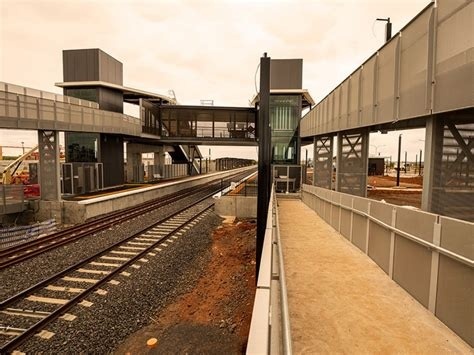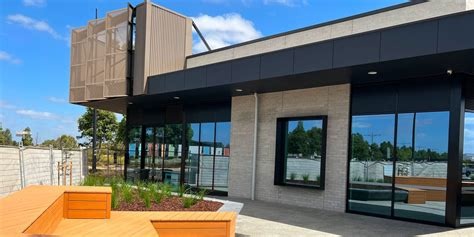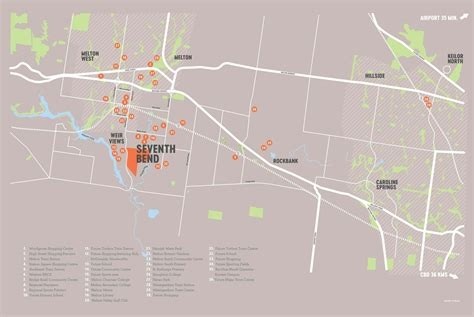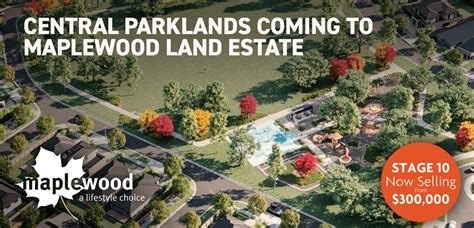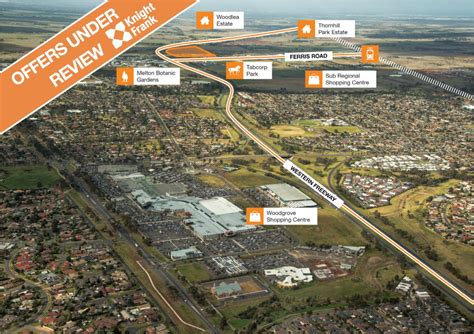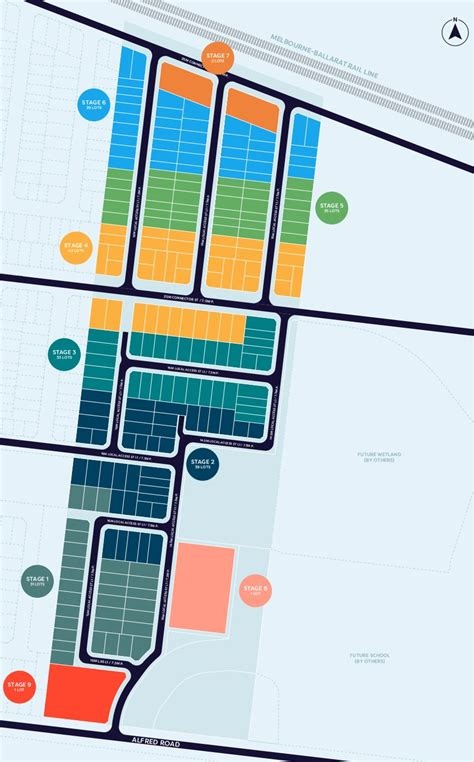Chart Color Schemes
est. as @ -- *
ABS ERP | -- people | --
2021 Census | -- people
Sales Activity
Curious about local property values? Filter the chart to assess the volume and appreciation (including resales) trends and regional comparisons, or scroll to the map below view this information at an individual property level.
Find a Recent Sale
Sales Detail
Population
Cobblebank - Strathtulloh lies within the top 10% of areas nationally in terms of population growth performance according to AreaSearch analysis of short and medium-term trends
Cobblebank - Strathtulloh's population was around 12,672 as of Aug 2025. This reflected an increase of 5,074 people since the 2021 Census, which reported a population of 7,598 people. The change was inferred from the estimated resident population of 11,818 from the ABS in June 2024 and an additional 1,886 validated new addresses since the Census date. This level of population equated to a density ratio of 641 persons per square kilometer. Cobblebank - Strathtulloh's growth of 66.8% since the 2021 census exceeded the national average of 8.6%. Population growth was primarily driven by interstate migration, contributing approximately 73.9% of overall population gains.
AreaSearch adopted ABS/Geoscience Australia projections for each SA2 area, released in 2024 with 2022 as the base year. For areas not covered, AreaSearch utilised VIC State Government's Regional/LGA projections released in 2023, adjusted using a method of weighted aggregation of population growth from LGA to SA2 levels. Growth rates by age group were applied across all areas for years 2032 to 2041. Considering projected demographic shifts, exceptional growth was predicted over the period, with the area expected to increase by 16,968 persons to 2041 based on the latest population numbers, recording a gain of 126.7% in total over the 17 years.
Frequently Asked Questions - Population
Development
The level of residential development activity in Cobblebank - Strathtulloh was found to be higher than 90% of real estate markets across the country
Cobblebank - Strathtulloh has seen approximately 502 new homes approved annually. The Australian Bureau of Statistics produces development approval data on a financial year basis, with 2,514 homes approved over the past five years from FY-20 to FY-25. As of FY-26, there have been 44 approvals. On average, 3.0 new residents arrive per dwelling constructed each year over these five years, indicating supply lagging demand and potential buyer competition with pricing pressures.
The average construction cost value for new homes is $337,000, lower than the regional average, suggesting more affordable housing options. This financial year has seen $1.2 million in commercial development approvals, reflecting minimal commercial development activity. Compared to Greater Melbourne, Cobblebank - Strathtulloh has 901.0% more new home approvals per person, offering buyers ample choice. This level is significantly higher than the national average, implying strong developer confidence in the location. New developments consist of 96.0% detached dwellings and 4.0% attached dwellings, maintaining the area's traditional low-density character focused on family homes.
With around 33 people per approval, Cobblebank - Strathtulloh reflects a developing area. By 2041, it is projected to grow by approximately 16,056 residents. Based on current development patterns, new housing supply should meet demand, providing good conditions for buyers and potentially facilitating population growth beyond current projections.
Frequently Asked Questions - Development
Infrastructure
Cobblebank - Strathtulloh has very high levels of nearby infrastructure activity, ranking in the top 10% nationally
Changes in local infrastructure significantly affect an area's performance. AreaSearch has identified 23 projects that may impact the area. Notable ones include Robinsons Rise Estate Cobblebank, New Melton Hospital, Ferris Road Duplication and Urbanisation, and St Francis Catholic College - Cobblebank Campus. The following list details those most likely to be relevant.
Professional plan users can use the search below to filter and access additional projects.
INFRASTRUCTURE SEARCH
Frequently Asked Questions - Infrastructure
New Melton Hospital
Public hospital in Cobblebank delivering a 24-hour emergency department, at least 274 beds, ICU, maternity and neonatal services, mental health, radiology, ambulatory care and an education hub. Delivered via a PPP by the Exemplar Health consortium for VHBA and Western Health. Design development completed with major construction underway in 2025 and completion scheduled for 2029.
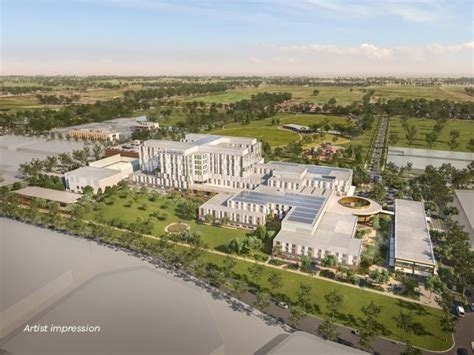
Melton Line Upgrade & Cobblebank Stabling Yard
Major upgrade of Melton railway line infrastructure including construction of new stabling yard at Cobblebank to accommodate 9-car VLocity trains. Project includes removal of 4 level crossings at Coburns, Exford and Ferris roads in Melton, and Hopkins Road in Truganina, plus construction of new elevated Melton Station with 4 platforms. The stabling yard will house 6 nine-car VLocity trains with signalling systems, worker facilities, and CCTV lighting.
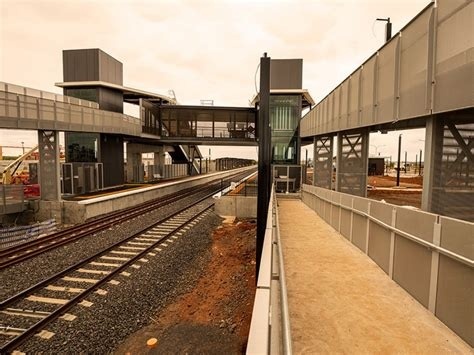
Rockbank Town Centre Development
14.21 hectare mixed-use development site for major retail, commercial and residential development. Strategically located adjacent to Rockbank Train Station and Western Freeway in one of Australia's fastest growing corridors. Marketed by Stonebridge Property Group.
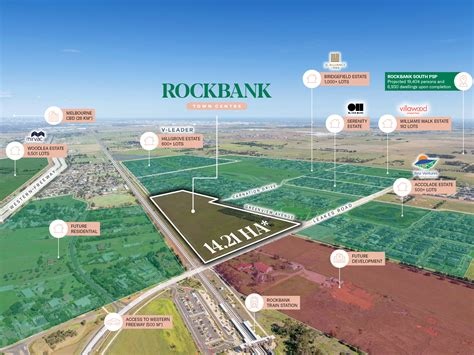
Cobblebank Village Shopping Centre
A neighbourhood shopping centre anchored by a Coles supermarket, featuring 18 specialty stores, a gym, medical facilities, dining options, and ample parking, designed to serve the rapidly growing Cobblebank community in Melbourne's western growth corridor.
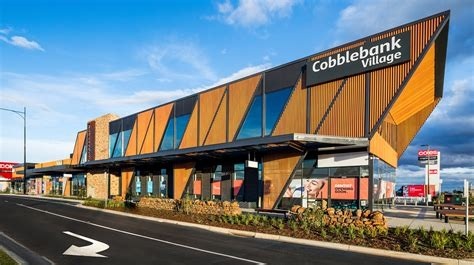
Robinsons Rise Estate Cobblebank
Residential housing development in Cobblebank featuring modern homes with sustainable design principles and community amenities.
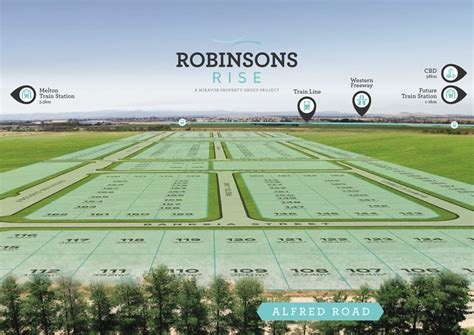
Western Business Accelerator and Centre for Excellence (Western BACE)
A not-for-profit business hub in Melbourne's West supporting startups and small businesses with incubator programs, co-working spaces, STEM education for youth, mentoring, networking, and venue hire.
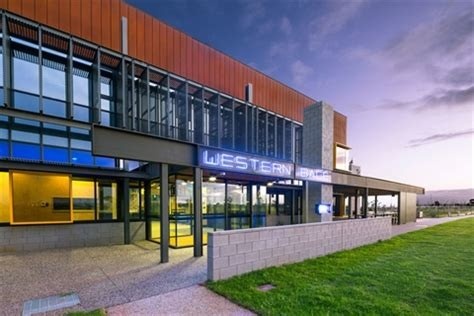
St Francis Catholic College - Cobblebank Campus
Multi-stage expansion of St Francis Catholic College's Cobblebank Campus to grow from initial Years 7-8 intake to a full Years 7-12 campus. Stage 1 opened in 2023. Stage 2 (Creative Hub with food technology, materials technology, art, VCD, robotics/STEM and project-based learning spaces) has been under construction through 2024-2025 and is slated to complete in late 2025. Stage 3 (Year 10-12 general learning building) is funded, with $6m from the State Building Fund for Non-Government Schools and additional Catholic Development Fund loan support, and is forecast to complete by mid 2026. The broader campus plan targets up to 1,500 students by 2028.
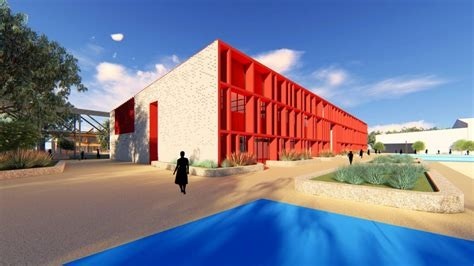
Harkness Cemetery Memorial Park
New cemetery and memorial park facilities serving the growing western suburbs communities including Harkness, Melton, and surrounding areas.
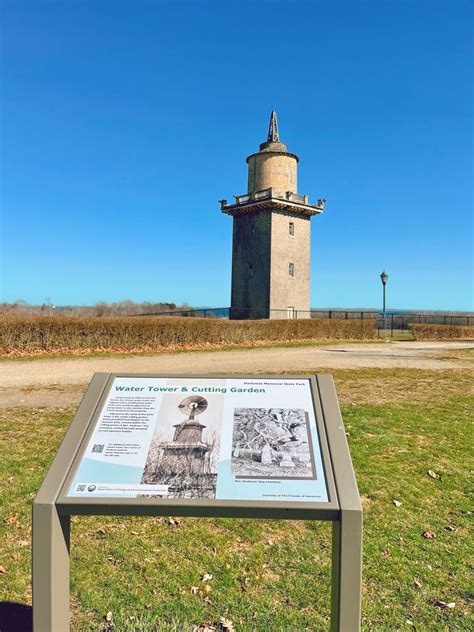
Employment
The employment environment in Cobblebank - Strathtulloh shows above-average strength when compared nationally
Cobblebank - Strathtulloh has a well-educated workforce with diverse sector representation. Its unemployment rate was 4.3% in the past year, with an estimated employment growth of 5.0%.
As of June 2025, 5,780 residents are employed, with an unemployment rate of 4.3%, 0.3% below Greater Melbourne's rate of 4.6%. Workforce participation is 72.5%, compared to Greater Melbourne's 64.1%. Employment is concentrated in health care & social assistance, transport, postal & warehousing, and retail trade. The area has a high specialization in transport, postal & warehousing, with an employment share of 2.9 times the regional level.
However, professional & technical services are under-represented at 5.8%, compared to Greater Melbourne's 10.1%. Limited local employment opportunities are indicated by Census data. In the past year, employment increased by 5.0% while labour force grew by 5.7%, resulting in a 0.7 percentage point rise in unemployment. By comparison, Greater Melbourne recorded employment growth of 3.5%, labour force growth of 4.0%, and an unemployment increase of 0.5 percentage points. State-level data to Sep-25 shows Victoria's employment grew by 1.08% year-on-year, with the state unemployment rate at 4.7%, compared to the national rate of 4.5%. Jobs and Skills Australia forecasts national employment growth of 6.6% over five years and 13.7% over ten years. Applying these projections to Cobblebank - Strathtulloh's employment mix suggests local growth of approximately 6.4% over five years and 13.4% over ten years.
Frequently Asked Questions - Employment
Income
Income metrics indicate excellent economic conditions, with the area achieving higher performance than 75% of national locations assessed by AreaSearch
AreaSearch's latest postcode level ATO data for financial year 2022 shows that income in Cobblebank - Strathtulloh is well above average nationally. The median assessed income is $64,551 and the average income stands at $72,864. This contrasts with Greater Melbourne's figures of a median income of $54,892 and an average income of $73,761. Based on Wage Price Index growth of 10.11% since financial year 2022, current estimates would be approximately $71,077 (median) and $80,231 (average) as of March 2025. From the 2021 Census, household, family and personal incomes in Cobblebank - Strathtulloh cluster around the 70th percentile nationally. The earnings profile shows that 49.3% of locals (6,247 people) fall into the $1,500 - 2,999 income category. High housing costs consume 19.0% of income, but strong earnings place disposable income at the 65th percentile nationally. The area's SEIFA income ranking places it in the fifth decile.
Frequently Asked Questions - Income
Housing
Cobblebank - Strathtulloh is characterized by a predominantly suburban housing profile, with a higher proportion of rental properties than the broader region
In Cobblebank - Strathtulloh, as per the latest Census, 98.4% of dwellings were houses with 1.6% being semi-detached, apartments, or other types. In comparison, Melbourne metro had 90.9% houses and 9.1% other dwellings. Home ownership in Cobblebank - Strathtulloh was at 6.3%, with mortgaged dwellings at 64.3% and rented ones at 29.4%. The median monthly mortgage repayment was $1,904, above Melbourne metro's average of $1,800. The median weekly rent was $371 compared to Melbourne metro's $351. Nationally, Cobblebank - Strathtulloh had higher mortgage repayments at $1,904 than the Australian average of $1,863, and lower rents at $371 compared to the national figure of $375.
Frequently Asked Questions - Housing
Household Composition
Cobblebank - Strathtulloh features high concentrations of family households, with a higher-than-average median household size
Family households account for 87.0% of all households, including 54.5% couples with children, 20.7% couples without children, and 10.6% single parent families. Non-family households make up the remaining 13.0%, with lone person households at 10.6% and group households comprising 2.4% of the total. The median household size is 3.3 people, larger than the Greater Melbourne average of 3.0.
Frequently Asked Questions - Households
Local Schools & Education
The educational profile of Cobblebank - Strathtulloh exceeds national averages, with above-average qualification levels and academic performance metrics
Educational attainment in Cobblebank - Strathtulloh exceeds broader benchmarks, with 34.9% of residents aged 15+ holding university qualifications compared to 24.3% in the SA3 area as of 2021 data. Bachelor degrees are most prevalent at 23.0%, followed by postgraduate qualifications (10.1%) and graduate diplomas (1.8%). Vocational credentials are also prominent, with 35.3% of residents aged 15+ holding such qualifications - advanced diplomas at 16.3% and certificates at 19.0%. Educational participation is high, with 35.4% of residents currently enrolled in formal education as of the 2021 census.
This includes 13.9% in primary education, 6.0% in secondary education, and 4.0% pursuing tertiary education. Educational provision includes Strathtulloh Primary School and St Francis Catholic College - Cobblebank Campus, collectively serving 1,217 students as of the latest data. The area demonstrates typical Australian school conditions (ICSEA: 1028) with balanced educational opportunities. School places per 100 residents (9.9) fall below the regional average (16.4), indicating some students may attend schools in adjacent areas.
Frequently Asked Questions - Education
Schools Detail
Nearby Services & Amenities
Transport
Transport servicing is moderate compared to other areas nationally based on assessment of service frequency, route connectivity and accessibility
Cobblebank - Strathtulloh has 13 active public transport stops. These stops offer a mix of train and bus services. There are 11 individual routes operating in total, providing 1,999 weekly passenger trips collectively.
The accessibility of these services is rated as moderate, with residents typically located 549 meters away from the nearest stop. On average, there are 285 trips per day across all routes, which equates to approximately 153 weekly trips per individual stop.
Frequently Asked Questions - Transport
Transport Stops Detail
Health
Cobblebank - Strathtulloh's residents boast exceedingly positive health performance metrics with very low prevalence of common health conditions across all age groups
Cobblebank - Strathtulloh shows excellent health outcomes across all age groups, with a very low prevalence of common health conditions. Private health cover is high, at approximately 56% (7,096 people), compared to Greater Melbourne's 50.8%.
The most prevalent medical conditions are asthma and mental health issues, affecting 6.7% and 4.9% respectively. Overall, 84.1% of residents report no medical ailments, higher than Greater Melbourne's 73.7%. Only 2.4% (310 people) are aged 65 and over, lower than Greater Melbourne's 10.1%. Despite this, health outcomes among seniors align with the general population's profile.
Frequently Asked Questions - Health
Cultural Diversity
Cobblebank - Strathtulloh is among the most culturally diverse areas in the country based on AreaSearch assessment of a range of language and cultural background related metrics
Cobblebank-Strathtulloh is among the most culturally diverse areas in the country, with 50.3% of its population born overseas and 58.1% speaking a language other than English at home. The main religion in Cobblebank-Strathtulloh is Christianity, comprising 38.1% of people. However, the most apparent overrepresentation was in Other religions, which comprises 23.0% of the population, substantially higher than the Greater Melbourne average of 5.6%.
In terms of ancestry, the top three represented groups in Cobblebank-Strathtulloh are Other (30.5%), Australian (14.1%), and Indian (14.1%). Notably, Filipino is overrepresented at 6.7% compared to the regional average of 3.4%, Maltese at 3.1% versus a regional average of 5.1%, and Samoan at 1.8% compared to 1.0%.
Frequently Asked Questions - Diversity
Age
Cobblebank - Strathtulloh hosts a very young demographic, ranking in the bottom 10% of areas nationwide
Cobblebank-Strathtulloh has a median age of 29, which is lower than Greater Melbourne's figure of 37 and the Australian median of 38. Compared to Greater Melbourne, Cobblebank-Strathtulloh has a higher proportion of residents aged 35-44 (24.5%) but fewer residents aged 55-64 (4.2%). This concentration of 35-44 year-olds is significantly higher than the national average of 14.2%. Between 2021 and present, the proportion of residents aged 35-44 has increased from 20.1% to 24.5%, while the proportion of those aged 5-14 has risen from 16.8% to 20.5%. Conversely, the proportion of residents aged 25-34 has decreased from 26.2% to 19.0%, and the proportion of those aged 0-4 has dropped from 13.8% to 11.7%. By 2041, demographic projections indicate significant shifts in Cobblebank-Strathtulloh's age structure, with the 35-44 age cohort projected to grow exceptionally, increasing by 3,406 people (110%) from 3,108 to 6,515.
